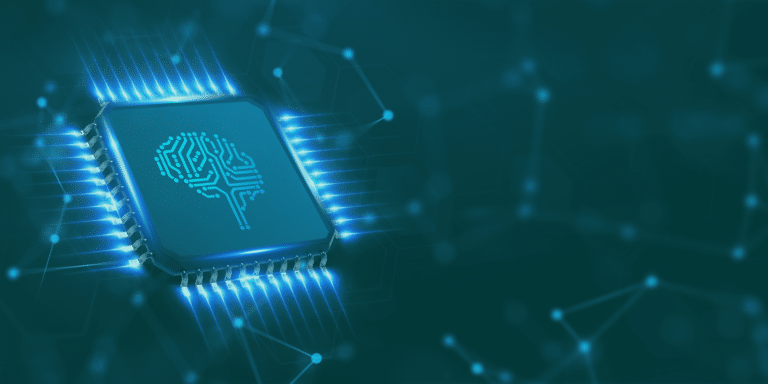
In the realm of demand planning, it is essential to understand the differences between statistical forecasts, machine learning (ML) methods, and artificial intelligence (AI). These terms are often misused, leading to confusion and obscuring the unique differences. This article aims to demystify the terminology by shedding light on the crucial distinctions and highlighting how each approach contributes to the field of demand planning.
The Foundations: Statistical Forecasts
Statistical forecasts form the backbone of demand planning. They rely on historical data and utilize statistical techniques to predict future demand patterns. Statistical models provide insights into historical trends, seasonality, and other relevant factors. However, they have limitations when it comes to adapting to changing circumstances and incorporating dynamic inputs. Statistical forecasts are typically reliant on human intervention and lack the ability to learn and improve automatically.
Evolutionary Leap: Machine Learning in Demand Planning
Machine learning methods have introduced a significant leap forward in demand planning. ML algorithms utilize historical data to identify complex patterns and relationships that may not be obvious to traditional statistical models. By automatically learning from experience without explicit programming, ML algorithms can improve forecast accuracy. ML-based demand planning systems can process large volumes of data quickly, making them valuable tools for identifying trends, detecting anomalies, and generating forecasts.
Not all ML algorithms out-of-the-box can be applied to Demand Planning. Therefore, in some cases, these algorithms could even give worse results than statistical models. That’s why it’s crucial that these models can work in the context of the business and can be trained to understand the real business drivers and different scenarios. Otherwise, these models are prone to under or overfitting, generating large swings in forecasts, or to making recommendations that may fit the model but are infeasible or unactionable. Therefore, it requires a lot of special product & business understanding, a process we call semantic ontology, to describe the business scenarios to the models so that they are able to generate accurate, current, and consistent results for the business.
Beyond Boundaries: Artificial Intelligence in Demand Planning
Artificial intelligence represents the next frontier in demand planning, encompassing broader capabilities that extend beyond statistical forecasts and ML methods. AI enables machines to perform tasks that traditionally required human intelligence, such as understanding language, recognizing patterns, and making decisions. In the context of demand planning, AI solutions can revolutionize the way forecasts are generated, analyzed, and utilized by not just Demand Planners but break silos in the organization and find uses for sales, finance, marketing, or operations departments.
The Distinctive Features of AI in Demand Planning Software
Automation and Adaptability
Unlike statistical models and ML methods, AI-based demand planning solutions can be implemented quickly without the need for extensive manual configuration. These systems can adapt to changes in demand plans and dynamically update models without human intervention. This adaptability ensures that forecasts remain accurate and up-to-date, even in rapidly changing business environments.
Continuous Learning
AI systems can learn from additional inputs, whether from sales teams, external sources, or real-time data feeds. This continuous learning enables AI-based demand planning solutions to improve forecast accuracy over time. By incorporating new information, AI systems can better capture market dynamics, identify emerging trends, and make more precise predictions.
Clear Insights
AI-based demand planning software provide in-depth insights into the drivers of demand. They go beyond surface-level analysis by understanding the relationships and interactions between various components and events. This deeper understanding empowers planners to communicate effectively with other departments, identify root causes of issues, and collaborate on demand-shaping strategies.
Enhanced Forecast Accuracy
AI-driven demand planning solutions have demonstrated substantial improvements in forecast accuracy. By leveraging advanced algorithms, historical data, and external signals, these solutions can achieve forecast accuracy improvements ranging from 10-15% based on historical data and planner input. When incorporating additional external signals and order data for Demand Sensing, the accuracy improvements can reach up to 30-40%.
Differentiating True AI from Misused Terminology
It is essential to distinguish genuine AI solutions from those that merely claim to utilize AI or ML capabilities. Many companies misuse these terms, creating confusion and diluting the transformative potential of true AI. True AI demand planning solutions, characterized by their ability to automate processes, continuously learn, provide comprehensive insights, and significantly enhance forecast accuracy, offer substantial advantages over statistical forecasts and limited ML methods.
Heuristics to make the distinction
A few heuristics to decide whether a technology is built on old methods or data scientists manually tuning the models vs. actually on AI:
- Speed of implementation: it doesn’t take months for ML models to be parametrized
- An actual increase in accuracy
- Deals with outliers in a smart manner rather than just deleting them: able to use these to create causal relationships looking ahead
- Adjusts based on changing assumptions
Conclusion
Understanding the distinctions between statistics, ML, and AI in demand planning software is crucial for organizations seeking to optimize their forecasting capabilities. While statistical forecasts provide historical insights and ML methods enhance predictive accuracy, true AI-based solutions revolutionize demand planning by automating processes, continuously learning, providing comprehensive insights, and significantly improving forecast accuracy. By leveraging the power of AI, demand planners can navigate the complexities of the marketplace more effectively, anticipate trends, and make informed decisions that drive business success.
If you’d like to know more about how we have created AI-First Demand Planning solutions, we’re happy to deep-dive into the details with you. Contact us today.



